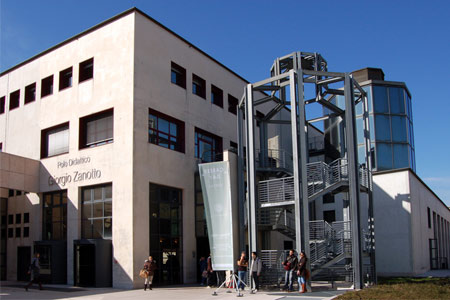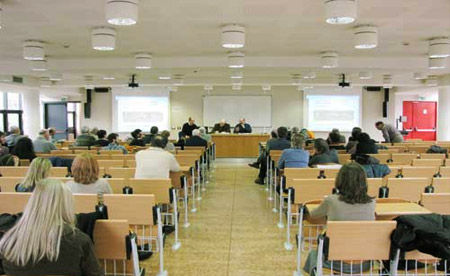"Die acht Sprachen der Boghazköy-Inschriften": in this way one of the pioneers of the studies on Hittite civilization, Emil Forrer, titled his famous 1919 essay, where he recognized the existence of 8 languages within the Hittite written tradition in cuneiform script from the archives of the capital city Hattusa (Boghazköy). In fact, no other culture of the ancient Near East has handed down such a variety and richness of written records in different languages, both Indo-Europeans (Hittite, Luwian, Palaic, traces of Indo-Arian) and belonging to other linguistic families more or less known (Akkadian, Sumerian, Hurrian, Hattic) like the Hittites did. Archaeological excavations in other Hittite centers have shown that the situation of the archives of the Hittite capital Boghazköy is by no means unique, but also has similarities to other sites, such as Ortaköy/Sapinuwa, where texts in Hittite, Hurrian, Hattic, Akkadian and Sumerian have come to light, confirming the interest of the Hittites to preserve and pass on texts in different languages. The present research project aims to explore the modalities of reception and written fixation by the Hittites of the documents in two of those languages, Hurrian and Hattic, in order to attempt to reconstruct the linguistic skills of Hittite scribes when handling with languages diverging both genetically and typologically from their own. The choice of these two languages was motivated by the fact that the Hurrian and Hattic traditions played a fundamental role in the formation of the Hittite culture. Furthermore, they are very different from Hittite and therefore represent a very interesting case study for analyzing the linguistic relationship among coexisting and interacting languages that were genetically and typologically divergent. The process of acquiring texts in languages other than Hittite involved different levels, ranging from the simple written fixation of texts in Hurrian or Hattic to the translation and/or adaptation of these texts into the Hittite language, especially in the format of bilingual cuneiform clay tablets. The work of the two research units participating in the project will be divided as follows. The Pavia unit, adopting an epigraphic-philological approach, will investigate the written production in Hurrian language coming from three different Hittite archives, those of Hattusa, Sapinuwa and Samuha, with the aim of reconstructing the features of the Hurrian written tradition in the Hittite context as far as palaeographic, orthographic and grammatical aspects are concerned. The Verona unit will instead address the topic of the Hittite translation of texts in both the Hattic and Hurrian language, focusing on the bilingual sources within a theoretical framework provided by typological linguistics and translation studies. The combined results of the two research units will provide a better understanding of these important aspects of literacy in the Hittite Anatolia.







